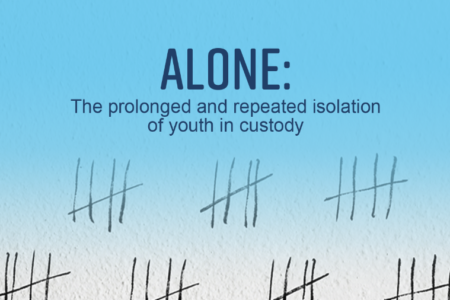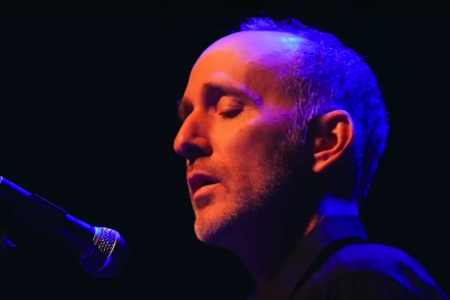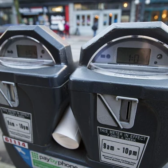MP: 2015 elections are Canada's best bet for electoral reform
In the last dozen years, eight out of nine commissions or citizen assemblies created by governments in Canada have not only advocated getting rid of our first-past-the-post (FPTP) electoral system but have recommended adopting MMP, or mixed-member-proportional representation.
In the upcoming 2015 federal election, Tom Mulcair is offering Canadians a chance to change the current system by electing an NDP government with a strong mandate to implement MMP. The NDP is the only federal party that has consulted widely across the country to develop a clear way forward that is fully committed to bringing about electoral reform.
Here are just a few of the many things that are wrong with Canada’s current FPTP electoral system:
1) It promotes false majorities in the House of Commons. There is no better example of this than Stephen Harper’s current Conservative majority government won with less than 40% of the vote. And, because the Prime Minister has so much executive power embedded in the legislature, he has radically transformed our country by ramming through numerous pieces of legislation that were opposed by 60% of the electorate.
2) It exacerbates a false sense of regional differences. For example, although a full third of Albertans marked their ballots in 2011 for other parties only Conservatives MPs were elected. This result creates an image that the entire province is monolithically Conservative which is clearly untrue.
3) There is a consistent under-representation of women in our system.
4) It exacerbates adversarialism and hyper-partisanship rather than co-operation and compromise in legislative activity and government policy.
5) The role of MPs is undermined because voters have to choose, with one vote, the local representative they would like to have representing their constituency, the party they would like to see with the most seats in the House of Commons and, very often, which party leader they prefer.
All of these things, under a properly structured proportional representation system, would be dealt with and result in a more balanced democratic system.
Under the mixed member proportional (MMP) system favoured by the NDP, voters’ preferences would be counted in two ways: a) voters will elect a single MP to represent their constituency as they have always done; and b) their votes will additionally count as part of the popular vote that determines a proportionate seat total for each party in the House of Commons. By combining a proportional representation of parties in Parliament with the direct election of an MP in each constituency – a party receiving 40 per cent of the vote would gain only 40 per cent of the seats.
This is the system that is being used quite successfully in New Zealand, Scotland and in Germany. These jurisdictions are electing a higher percentage of women and partisanship has decreased while civility, cooperation, and thoughtful debate leading to better policies have become the norm. Because it is rare for any given party to get over 50 per cent of the popular vote (and thus over 50per cent of the seats) cooperation with other parties has simply become a fact of life for any government. Parties and politicians are much less prone to present extreme contrasts between themselves and other parties as a way to manoeuver for a single-party majority government come election time.
To elect an NDP government and make fair elections a reality, voters of all political stripes will need to come together this one time using the current flawed system. However, if we can beat the system in the 2015 election, 2019 will bring about the first truly democratic and representative government in Canadian history.


























